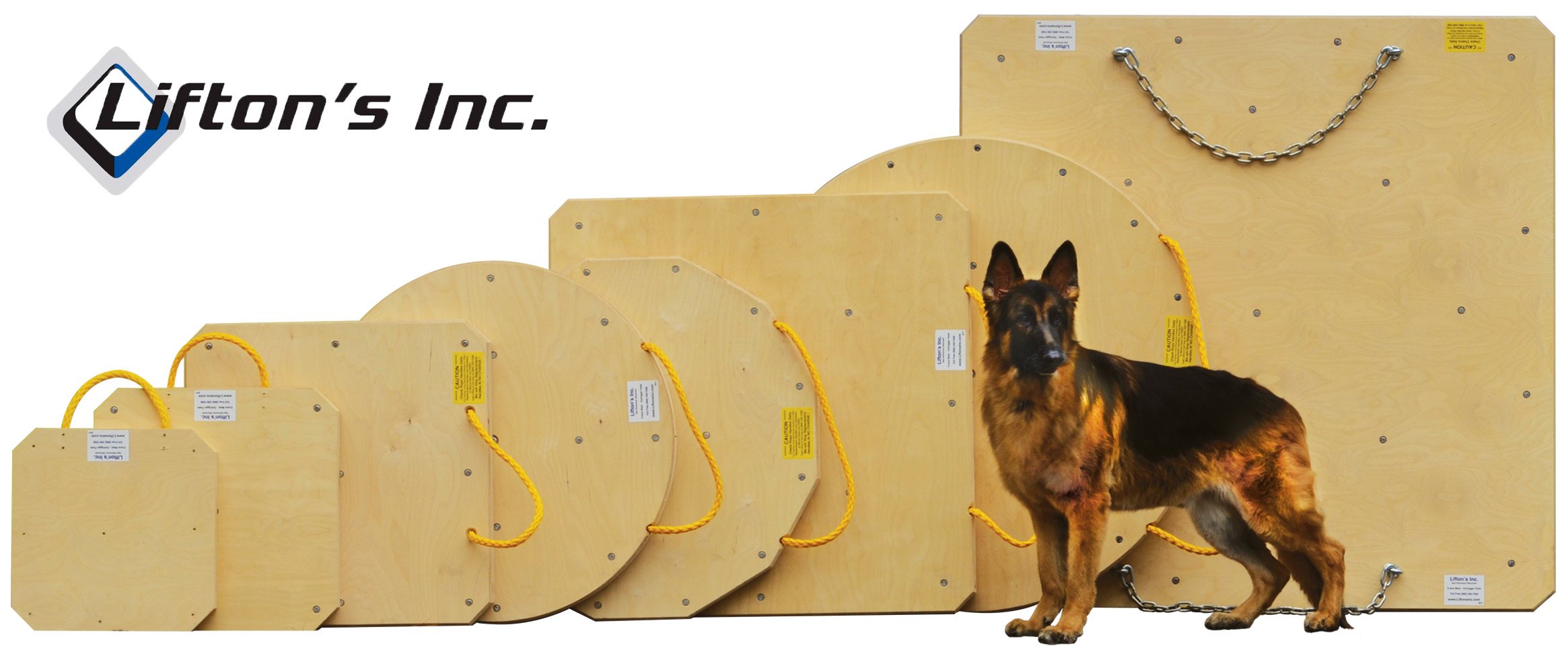| squirtsoutmud | 05-28-2010 | comment profile send pm notify |
|
Anyone here water wash a 36z Putz, not going to try try but what IS the procedure
|
||
| pumpjockey | 05-29-2010 | reply profile send pm notify |
|
Found on a Google search, lots of info, read it a couple times so you understand everything he talks about. Print it out and keep in a handy spot in the cab. As he states, practise it in the yard with just water, (a 'dry run', so-to-speak) so you don't have to do it on-site, under pressure. Waterwash is quick and dirty for lazy folk like me. Gotta have a site that doesn't mind the mess on-site and is willing to clean it up. Or have the RM truck stick around so you can blow out into it & waterwash into it, then all you have is the hopper drop. |
||
| mudcup | 05-29-2010 | reply profile send pm notify |
|
In reading your description I see no advantage to the water wash it seems like more trouble then it's worth and you run the risk of getting jammed up pretty good that's just my opinion why not just suck back a sponge slow I've never had a problem that way, also it seems to use allot of water what happens if you have 2 or 3 jobs a day then you gotta go to the trouble of getting water off the mixers it doesn't seem worth it like I said just my opinion though no offense to anyone. |
||
| pink panther | 05-29-2010 | reply profile send pm notify |
|
The main thing you must remember is to make sure you have enough water and be A-framed. On a 36, I usually go about 2" above the grate towards the back. On a 52 and bigger, you better have a full hopper and sometimes I would give it one stroke when water is almost full and then finish filling the hopper. Never stop in the middle of a water wash, just like when you are priming. I always water washed for 9 years and now the company I work for discourages it and makes us suck a sponge. There is a whole procedure for doing it without problems but it takes too long to put on here. You can send me a message and I will help you with it. |
||
| mudcup | 05-29-2010 | reply profile send pm notify |
|
Now you said don't stop in the middle of a water wash now if you lose signal during the wash then your f***ed it just seems like to much risk,now the other operator/my supervisor does not want us doing it so I got no reason to try it. |
||
| zeus4712 | 05-29-2010 | reply profile send pm notify |
|
It all depends on how you have been trained. i always water wash and it works great for me. I would advise not to pump the water out at full bore tho. pump slow till you see water out the tip then reverse full bore. Check your deck pipe after you get your water back to the hopper then if needed i'll stroke forward 4 strokes to run the water back thru the deck pipe again. Definately wouldn't do it on your own first time. Have someone that does it normally with you |
||
| pumpjockey | 05-29-2010 | reply profile send pm notify |
|
It does use a lot of water and that's a downside. But if you can fill the hopper quick and have water left over to do the little bit of hopper and valve rinse, it's super fast.
On a long pour when the mud is tight under the valve, the force of the water coming back at full volume will dislodge that crap, saving a lot of time there too.
It's just another option in your bag of tricks, it's good to know how to do, even if it's not a regular part of your pumping practice. It may save a boom party in the right situation - hot mud in the pipes, no fresh to push it out with - if you can, water-wash, it's fast, simple and it works - but it's gonna be messy. |
||
| Mudslinger | 05-29-2010 | reply profile send pm notify |
|
FYI: From screwing the pooch more than a couple of times during a water wash ( battery died, 2 sections down on a 3 section boom) I've learned that MOST times if you put 5 gallons of water and a hard sponge in and pull back fast, it'll clear the pipe! Mostly I've messed up on a reverse waterwash,by leaving the hose in the puddle too long,or not long enough. Still works though!! |
||
| toper | 05-29-2010 | reply profile send pm notify |
|
ok ill bite, just go w/ what you know, ive been trained to water wash, and i do 3 hoppers of water, but at my new job ive been shown how to suck a sponge the "right way" and im seeming to like it more, cause water washing is a good way to wear out and blow up a pipe, they also encourage to do a 2 stroke plus a full hopper of water but since ive never done it i dont wanna rock pack so i go w what i know, this has worked for me up to a 52 meter.
|
||
| squirtsoutmud | 05-30-2010 | reply profile send pm notify |
|
Think I will stick to sucking the sponge, I agree with mudcup the water wash seems like more trouble than it is worth. Besides I have never had the ball not come back
|
||
| birkygerald | 05-30-2010 | reply profile send pm notify |
|
The reason to know how to water wash is in a situation like this.
Residential completed subdivision, no mess allowed anywhere within 5 miles. Ready mix plant 30 miles the wrong direction from your next job, which is is 1 hour from now. 3 pm, 90 degrees, you must get out of the driveway and get going now..... Water wash back into mixer truck, drive to next job carefully because of water trying to slosh out of hopper, arrive at next job, open valve, and check/clean out. pump forward 3 strokes to get the water back into the system, fill with new mud, and pour. Yes, I have done it often. |
||
| squirtsoutmud | 05-30-2010 | reply profile send pm notify |
|
Birky, I guess the difference is that where I am the contractor knows ahead of time that they will provide a place for me to wash or I will choose my own spot on the job, they may not always like it but they usually understand it once it is explained to them that my job is to take care of the customer AND the very expensive (used to be) piece of iron that I brought with me. Try explaining this to your customer and let them consider whether or not they can get all 250 yards worth of 12 foot walls poured from the mixer! Don't want to sound cocky but sometimes you have to give and take a little bit here and there. |
||
| Pump N00b | 05-30-2010 | reply profile send pm notify |
|
If you suck back 2 balls with enough water between and let it shift a couple of times in reverse |
||
| pumpjockey | 05-30-2010 | reply profile send pm notify |
|
Pump Noob, don't forget about the sponge balls coming back, usually one of them is cut in 2.....LOL |
||
| pink panther | 05-30-2010 | reply profile send pm notify |
|
BIRKYGERALD...that is called a suicide prime and the name fits. I have done it but do not recommend it to anyone. And do not ever do it unless I absolutely have to. |
||

_1.png)


















.jpg)
.gif)

.jpg)









.jpg)








